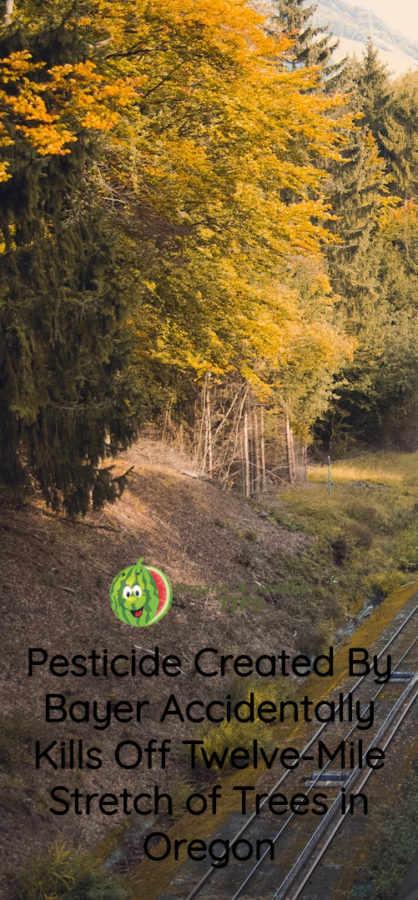Most people know the Bayer corporation because of its medications, including prescription drugs and over-the-counter staples like Bayer aspirin.
But Bayer’s agricultural, GMO and pesticide divisions are not nearly as well known, similar to the sordid history of the company itself, which has roots as a chemical and explosive manufacturing arm of Adolf Hitler’s Nazi war machine. It all started in 1925, when Bayer became part of the IG Farben corporation in Germany, and continued throughout World War II.
Once the war ended, toxic pesticides produced by companies like Bayer and Monsanto were adopted for use in the agricultural sector, and since then have found applications in both neighborhoods and the natural world for plant control and management.
These chemicals have their uses, but occasionally we are given reminders of their immense power.
Over 200,000 people worldwide die each year due to acute pesticide exposure, and these chemicals are capable of killing off mass amounts of plant and animal life as well — including forests, as one Oregon community just found out.
Hundreds of Trees Accidentally Killed Off by Bayer Herbicide
According to an article from The Bulletin newspaper in Central Oregon, hundreds of trees were accidentally killed off along U.S. Highway 20 in the Deschutes National Forest by a weed killer produced by the Bayer chemical company, and a full-scale effort to remove them may not commence until 2019.
Twelve full miles of the trees were left dead right where they’re standing by an “unhealthy dose of Perspective,” the brand name of the Bayer herbicide that has been used in the area for many years according to the article.
The original goal of the spraying was to kill off “broad-level weeds and other plants.” However, hundreds of large ponderosa trees were taken out as well, showing just how strong these chemicals can be when they reach the wrong targets.
“The whole point is safety; that’s the irony of it,” Peter Murphy, spokesman for the Oregon Department of Transportation said according to the full article.
The majority of the more than 1,000 trees killed were ponderosas in the surrounding area of the weeds, which were the intended target because of the fire risks they present.








